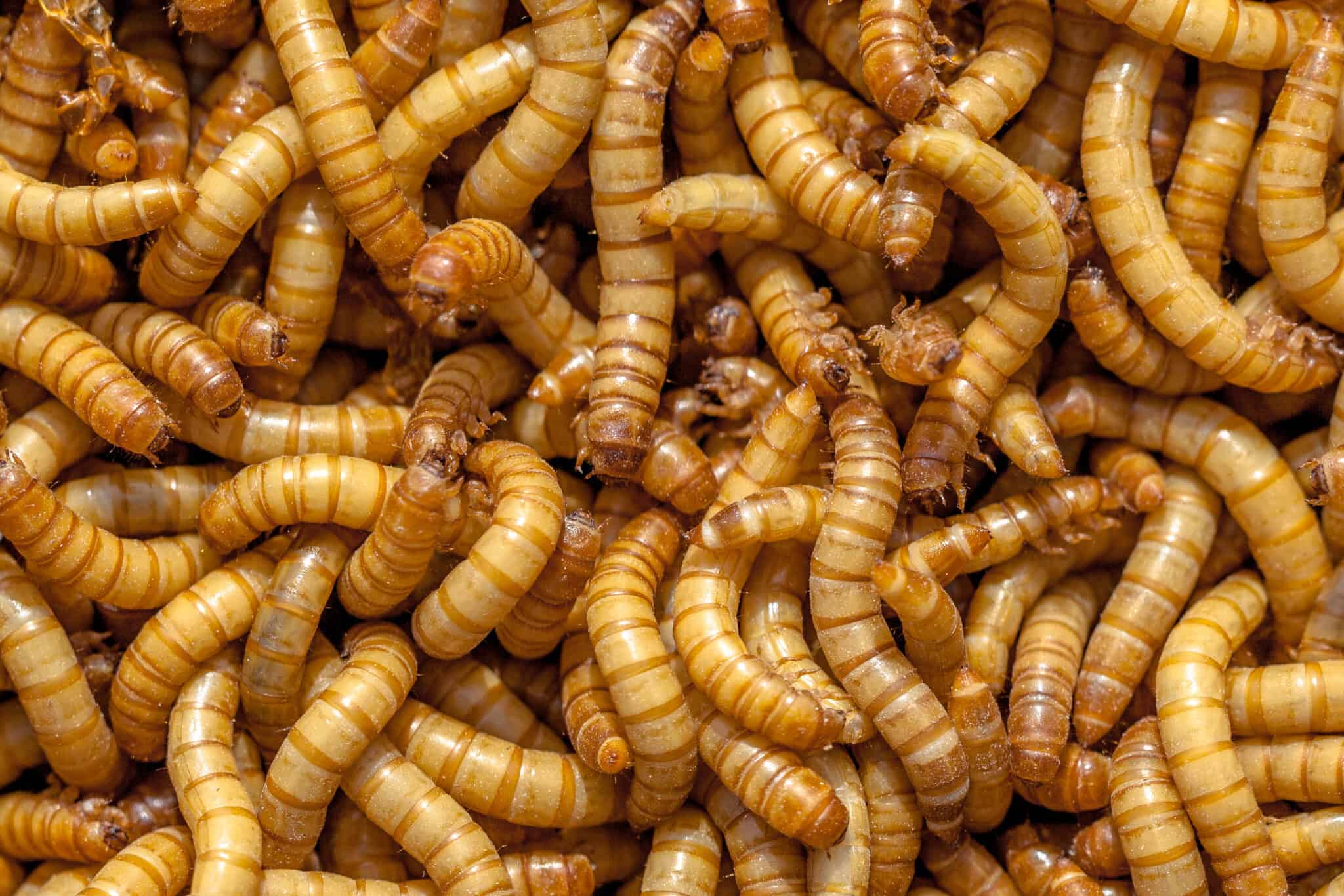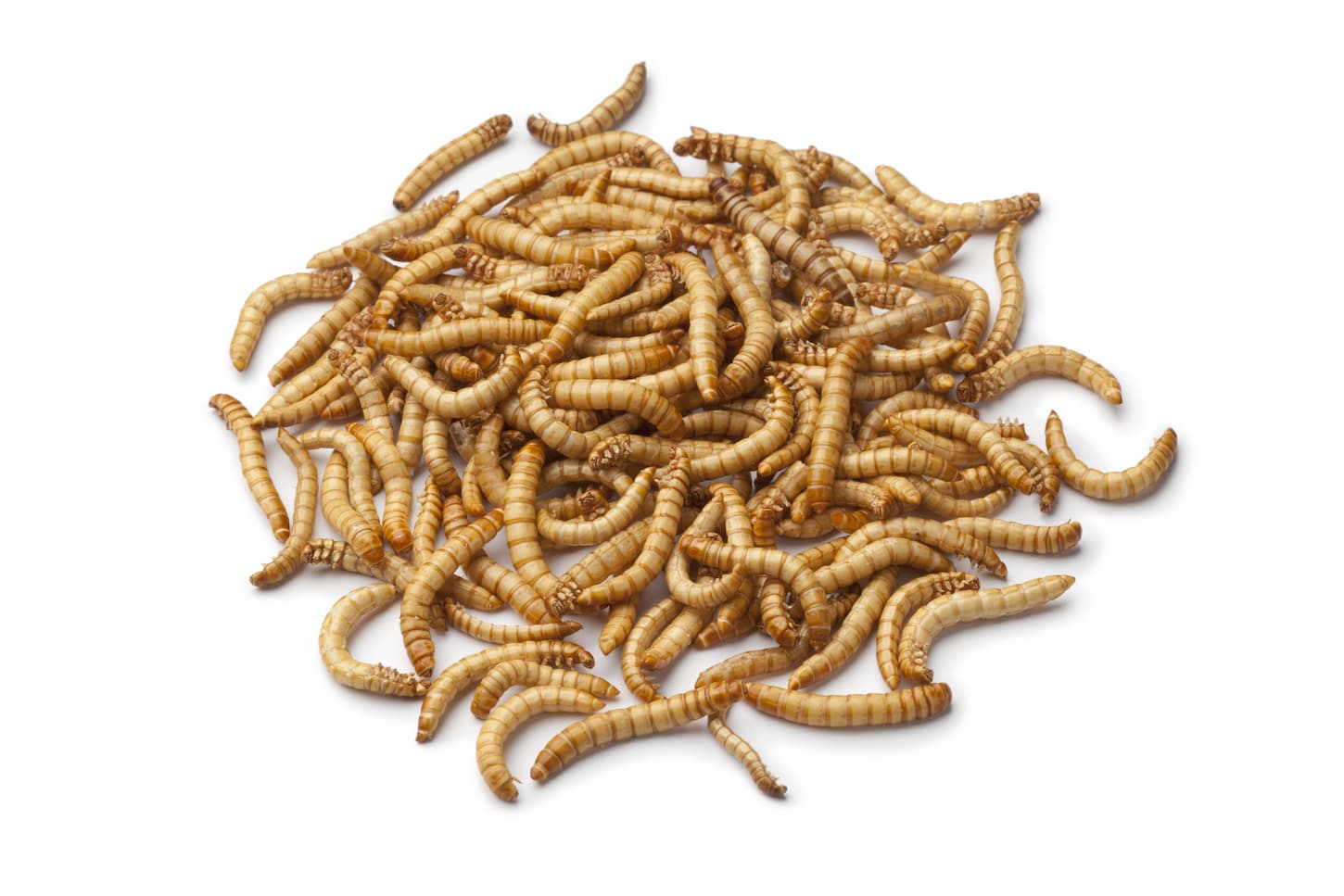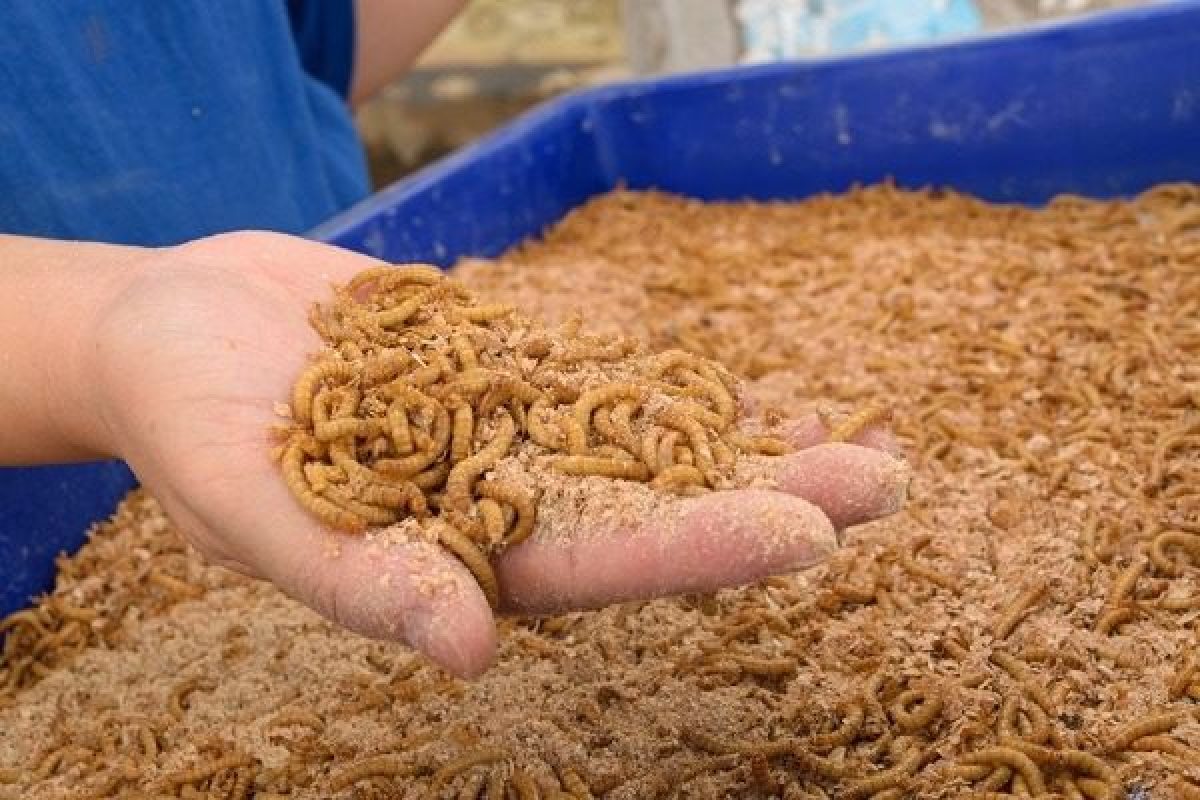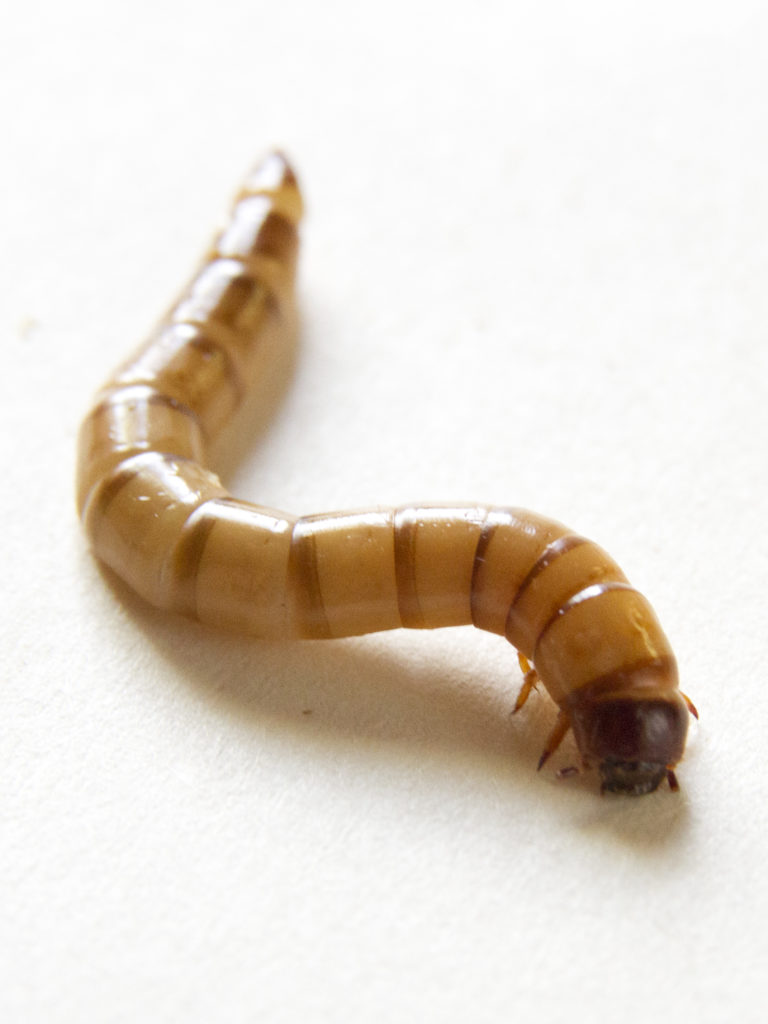Painstaking Lessons Of Info About How To Look After Mealworms

Cut a hole in the top for ventilation and use a hot glue gun to adhere window screen to it to keep critters and moths out.
How to look after mealworms. Containers with smooth, slippery sides and surfaces i.e. Ensure the mealworms are as hygienic as possible before eating them; Try to keep your mealworms somewhere that's at least room temperature, but aim for around 80 degrees if you can.
This space should never get too cold, so do not keep your mealworm colony in a garage or basement that will get cold in the winter. To do this, add a small piece of banana skin about a couple of inches long or a segment of apple, carrot or potato, as a source of moisture. A regular plastic tote bin from a local store will do for this step.
Wheat bran, or a 3:1 ratio of wheat bran to dried skim milk, or Clean the old container with soap and hot water or natural disinfectant. This video shows my two colonies and me feeding.
Your mealworms will arrive with enough food for a week or so, probably much longer but if you need to keep them longer then they will need extra food and a source of moisture. To care for mealworms, keep them in a glass, metal, or plastic container that's lined with food like grain cereal, oatmeal, or cornmeal. Melaleuca (tea tree) or eucalyptus oil.
Share your advice with us in the comments. A variety of methods are employed to prevent and remove pests from mealworm farms. You can poke tiny holes in the lid to create adequate airflow.
Table of content show mealworm uses although they are edible as human foods, especially in southeast asia, their most common uses are for feeding pets and other animals like: But since these little worms can escape through tiny spaces, never poke holes on the sides. They are the larval form of the darkling beetle (not to be confused with the superworm darkling beetle).
Natural disinfectants include mixing water with, vinegar; You don’t have to get fancy, although you can buy ones with lockable lids if you prefer. Line the bottom of the container.
Life cycle information about the four stages of a mealworm’s life. Keep the mealworms in a suitable container. Just shake the mealworms off into a jar, replace the lid, and.
Make sure the mealworms can’t get a grip on the sides of the container as they could likely climb out. Egg, larva, pupa, and adult. After a few minutes, the vegetable will be covered with mealworms, and you can lift the whole carrot or potato out with the mealworms attached.
Larvae typically measure about 2.5 centimetres (0.98 in) or more, whereas. Quick tips for maximum productivity: Look for a wide container the is at least 5 inches deep.
















Livinfarms.png)
